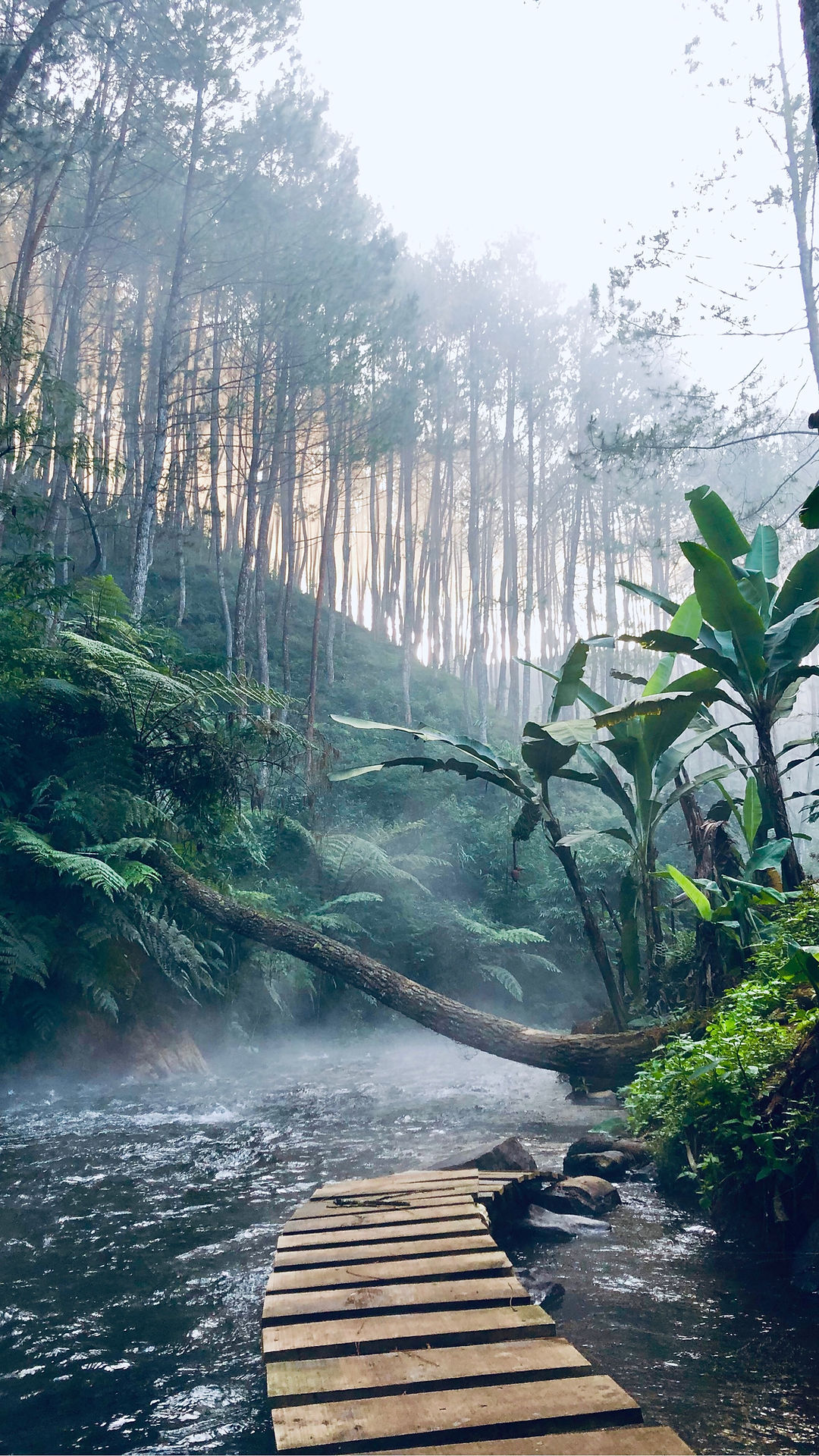
Mountain Gorillas
7/5/20
Mountain Gorilla
Mountain Gorillas, or Gorilla beringei beringei, are a subspecies of eastern gorilla that live in the mountains. There are about 1,000 mountain gorillas left, split in two groups. More than half of the thousand lives in the Virunga Mountains, which is a range of extinct volcanoes bordering Uganda, the Democratic Republic of the Congo, and Rwanda. The smaller part lives in the Bwindi Impenetrable National Park, which is in Uganda. Mountain gorillas differ from the other subspecies of eastern gorilla, Grauer’s gorilla, because they are slightly larger, and have shorter arms. They also have longer fur, and more fur, which helps them keep warm in the colder mountain air. These vegetarians find plenty of roots, shoots, fruits, wild celery, and tree bark and pulp in the thick forest they call home. Though mountain gorillas can climb trees, they usually stay on the ground. Mountain gorillas live in troops of up to 30 gorillas. The dominant male, called a silverback, leads the troop. They are called a silverback because of their silver fur on their back, which symbolizes maturity. The silverback leads the group to forage, nest, and move around. The other members of the troop usually include young males, some females, and offspring. Female gorillas have one baby after a 9 month pregnancy, like humans. The tiny four pound newborns have to cling to their mother for four months. After that, they ride on their back for another 3 years. Like other great apes, captive gorillas have learned some sign language, and are extremely smart animals.
Why Are They Endangered?
The International Union for the Conservation of Nature has marked Mountain gorilla as critically endangered, but happily, in 2008, they changed it to endangered. The species’ population continues to grow, though that could easily change. The main threat to mountain gorillas is habitat loss, caused by agriculture, illegal mining, and forest destruction for charcoal. Hunting, climate change, and human illnesses also threaten these apes. Humans moving towards mountain gorillas habitat clear lots of land, even national park land; in 2004, 3,700 acres of land was illegally cleared from Virunga National park. The land in and around Virunga National Park is very fertile, which makes it great for agriculture and makes it very populous. Lots of land that the gorilla’s need is lost to agriculture, and other forest destruction, like harvesting charcoal. Humans and climate change force gorillas to seek shelter higher up the mountains, but there they may have to face dangerous temperatures and little forest. Although Mountain gorillas are not often targeted for food or pets, they often get caught in snares meant for other animals. Another big problem facing mountain gorillas and other apes is human diseases. Apes can catch human diseases, and are often more susceptible to them. They can die from even the common cold. As humans come closer to gorillas, especially tourists, disease could spread quickly. Apes are very susceptible to respiratory illnesses like the flu, pneumonia, and even the coronavirus.


Effects
Mountain gorillas are an important part of the ecosystem and the web of life. If we could figure out a long term and sustainable way to distribute natural resources, then people and animals and species would all have enough. If we continue to take what we need with no thought for the future, no one will have enough. Conservation and biodiversity is important for us and all animals and species; we cannot survive without all the wonderfully diverse species that depend on each other to survive, we are so interconnected that we cannot survive without each other. Wildlife based tourism is also a very important part of the economy, which depends on the animals and environment.
What Can You Do?
The population of Mountain gorillas that live in the Virunga National Park had only 480 gorillas in 2010; that number has grown to 604. What we need to do is find more sustainable ways to harvest natural resources that leave enough for gorillas and humans. Organizations like the World Wildlife Fund and the African Wildlife Foundation are working to help people and gorillas. You can help them by raising money and donating. You can also raise awareness about the beautiful and majestic mountain gorillas, and how they need our help.
sources cited
“Mountain Gorilla.” National Geographic, https://www.nationalgeographic.com/animals/mammals/m/mountain-gorilla/. Accessed 4 July 2020
“Mountain Gorilla.” World Wildlife Fund, https://www.worldwildlife.org/species/mountain-gorilla. Accessed 4 July 2020
“Mountain Gorilla.” African Wildlife Foundation, https://www.awf.org/wildlife-conservation/mountain-gorilla. Accessed 4 July 2020
*all pictures used with permission, and/or taken from the sites above.



